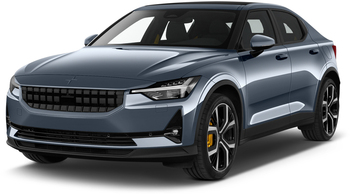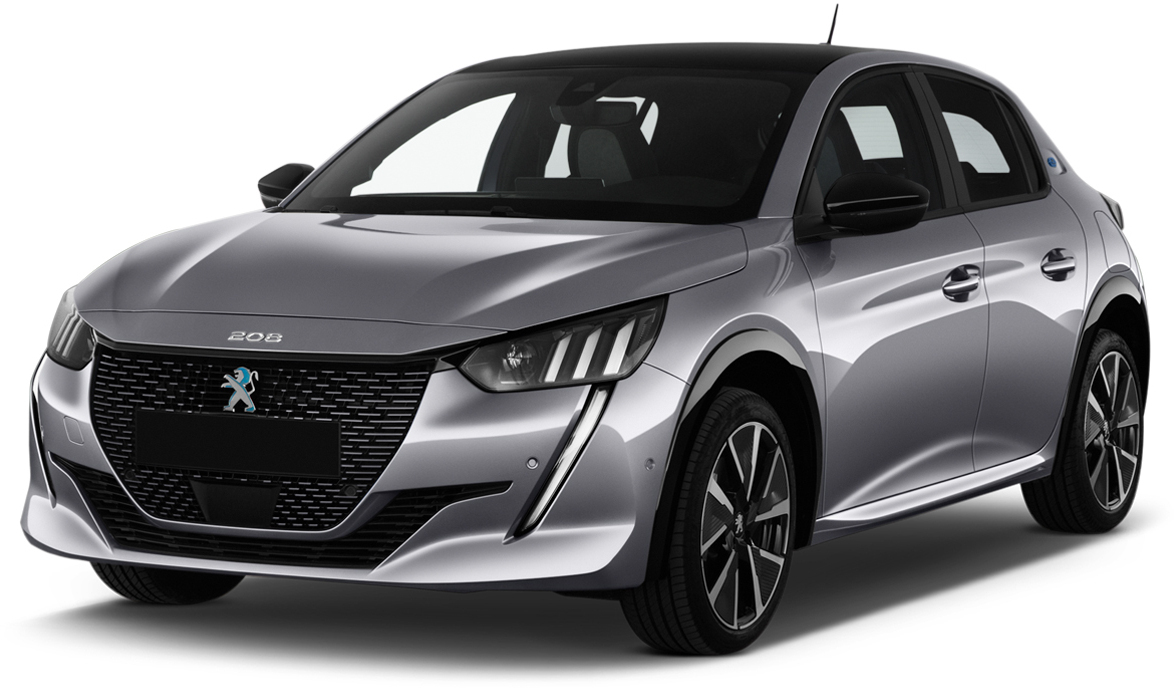How long does it take to charge an EV?
What’s the average charge time for an Electric Car?
The electric vehicle public charging network has come a long way over the past few years with rapid and ultra-rapid chargers becoming more commonplace. However, the most convenient place to charge your car is at home while it’s parked and you’re sound asleep. But how long does each type of charging take?
There are many factors to take into account when working out charging times, with temperature, charger type and the car itself all part of the equation, so it’s not a simple answer, but we go through all of these below.
Above all, it’s important to know that with every year that passes, the average range of EVs increases. In fact, the average range of the vehicles available with Tusker is now more than 260 miles to a charge, with many models, such as the Kia EV6, BMW i4, or the Tesla Model 3 having ranges of more than 300 miles, and some, such as the Polestar 2, having more than 400 miles. This means that you will more than likely need to charge your car less than you would imagine, but as and when you do, what are the options?

Polestar 2
How long does it take to charge at home?
If you have a driveway or garage, as more than 60% of UK drivers do, then by far the easiest way of charging an EV is at home on your driveway. Although it’s possible to charge your car directly from the mains with a three-pin socket, this is not ideal as it can take upwards of 24 hours to do so and unless you have a separate circuit, it’s not a safe every-day solution. Instead, experts advise that you install a charging point, as these are designed to power up your electric car battery more safely and quickly than a household socket can.
A home charging point is connected to your normal home electricity supply by a professional installer, and the power you use is charged by your provider at your normal rates. You should make sure that wherever the charge point is installed outside your house, that it is easily accessible to you and is installed where you plan on parking your car. Charging outside is possible in all weathers with or without a shelter, so it’s okay to use your power supply in rain, snow or hot weather with no problems.
If you can’t charge your EV at home but your workplace has charging points, this can be a really convenient way of charging your EV while it’s parked during the day.
Find out more >
How long does it take to charge at a public charge point?
This depends on what type of car you have, the type of charger you are using and where you are charging it, but it could take you as little as half an hour. When it comes to working out how long it will take to charge your car, there are four main types of electric car charging points that you need to know about – ultra rapid, rapid, fast and slow.
What factors affect charging speed of an electric car?
When it comes to how long it will take to charge your battery, there are a few factors to consider:
- Battery size – more powerful batteries hold more electricity so it can take longer to charge them.
- Speed – some cars can be charged using ultra rapid chargers which makes it quicker to power the battery.
- Current charge – like your mobile phone, charging a battery from 1% to full takes longer than charging from 20% to 80%, so the amount of electricity in the battery will also impact the time it takes to charge.
- Temperature – your car will take longer to charge if it’s cold outside (under 5 degrees), but many cars have a preconditioning feature which warms the battery for a faster charge in these conditions.
To give you a sense of the different times it can take to charge different battery sizes at different speeds, take a look at PodPoint’s example.
One last key point to remember is that you may not need to charge your EV as much as you imagine. Tusker’s research has shown that the average driver drives less than 80 miles a week, and with the current average range of all the EVs available on our schemes now above 260 miles, it means on average, most drivers won’t need to charge their cars more than once every two-to-three weeks with normal driving. With this in mind, a weekly top up at the supermarket would be more than enough to maintain a good level of charge.
Whether you can charge at home or on the go, there’s no need to feel anxious about powering your electric car. Sure, it would be great to have a charging point at home for easy overnight charging, but with a rapidly expanding network of public charging points all over the UK, there are plenty of other options too, which means that running an EV is well within your grasp.
Zap Map Charging Map
If you are planning a longer journey, then you will find that most of the charging locations are to be found along main roads and in towns across the UK. If you want to find out how many EV charging points are available in your area, or along routes that you travel often, a charging locator app, such as the brilliant and free ZapMap, can help.
Available on desktop, or a free downloadable smartphone app, ZapMap not only shows you where the chargers are in any area, but also give you all the details needed on what type of charger is available, its charging speeds and if that charger is currently free to use.
Explore ZapMap and the UK’s charging network here: https://www.zap-map.com/live/

Cars Available on the Tusker Car Benefit Scheme
Tusker has a great range of vehicles available on its schemes, to suit all budgets, lifestyles and usage. For the full range, have a look in our driver’s portal to find your perfect car, but here is an example of a popular EV that you can put on your driveway right away.
Peugeot e-208
The Peugeot e-208 is the electric version of the compact combustion-engined Peugeot 208 supermini. A stylish, practical, and affordable car providing 144bhp from its electric motor. The e-208 has a WLTP range of 248 miles supported by a 51kWh battery, capable of charging at 100kW giving a charging time 25 minutes for 20-80% battery.
Plugging into a 7kW home wallbox is perfect for an overnight charge, ensuring you start each day with a full battery just like your smartphone. Another advantage of charging at home is that you can programme the vehicle to top-up at off-peak times, saving money on electricity via lower overnight tariffs.

EV Suitability Tool
Use our online tool to determine if you could switch to an electric car. We take into account your mileage and access to a charge point to determine if an EV can fit into your lifestyle and what make makes and models would be best for you.
Take the Test
